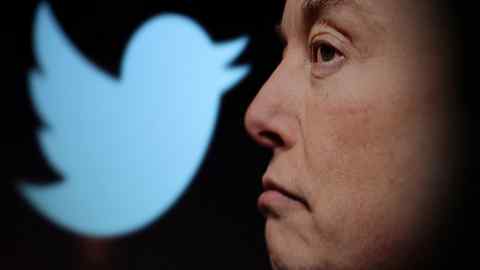On February 25, the medical intelligence unit raised its warning that the coronavirus would become a pandemic within 30 days from WATCHCON 2 – a probable crisis – to WATCHCON 1 – an imminent one, according to a U.S. official. That was 15 days before the World Health Organization declared the rapidly spreading coronavirus outbreak a global pandemic.
At the time of the warning, few coronavirus infections had been reported in the United States.
That same day, Trump, who was in New Delhi, India, tweeted: “The Coronavirus is very much under control in the USA.”
Soon, however, the coronavirus spread across the world, sickening more than 2 million people with the disease COVID-19 and killing more than 26,000 people in the United States.
The center’s work typically is shared with defense and health officials, including the secretary of health and human services.
Its February 25 warning, first reported last month by Newsweek, was included in an intelligence briefing provided to the Joint Chiefs of Staff, but it’s unknown whether Trump or other White House officials saw it.
Various intelligence agencies had been including information about the coronavirus in briefing materials since early January, according to the official, who spoke only on condition of anonymity because he was not authorized to confirm details about the alert.
At least 100 epidemiologists, virologists, chemical engineers, toxicologists, biologists and military medical expert – all schooled in intelligence tradecraft – work at the medical intelligence unit, located at Fort Detrick in Frederick, Maryland.
Requests to interview current workers were denied, but former employees described how they go through massive amounts of information, looking for clues about global health events.
“You feel like you’re looking for needles in a stack of needles,” said Denis Kaufman, who worked in the medical intelligence unit from 1990 to 2005 and again later before retiring.
Most of the information they study is public, called “open source” material. A local newspaper in Africa might publish a story about an increasing number of people getting sick, and that raises a flag because there’s no mention of any such illness on the other side of the country.
A doctor in the Middle East might post concerns about a virus on social media. But unlike organizations such as the WHO, the medical intelligence team, part of the Defense Intelligence Agency, also has access to classified intelligence collected by the 17 U.S. spy agencies.
The medical unit can dig into signals intelligence and intercepts of communications collected by the National Security Agency. It can read information that CIA officers pick up in the field overseas. The National Geospatial-Intelligence Agency can share satellite imagery and terrain maps to help assess how a disease, like Ebola or avian flu, might spread through a population.
“Every day, all of us would come into work and read and research our area for anything that’s different – anything that doesn’t make sense, whether it’s about disease, health care, earthquakes, national disaster – anything that would affect the health of a nation,” said Martha “Rainie” Dasche, a specialist on Africa who retired from the DIA in 2018.







